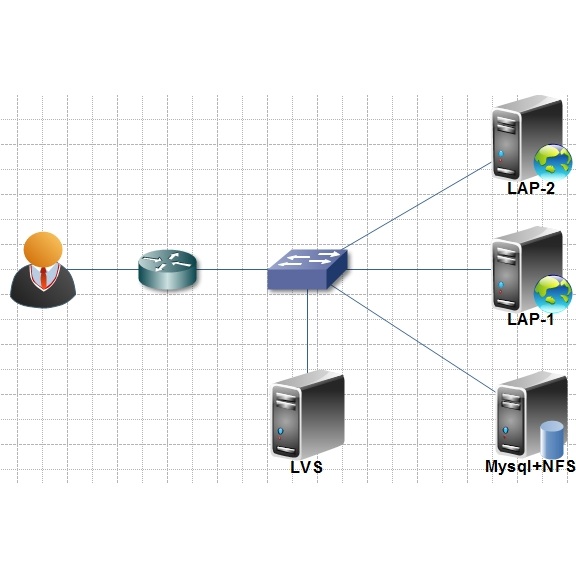Automated vehicles (AV) have the potential to provide cost-effective mobility options along with overall system-level benefits in terms of congestion and vehicular emissions. Additional resource allocation at the network level, such as AV-exclusive lanes, can further foster the usage of AVs rendering this mode of travel more attractive than legacy vehicles (LV). However, it is necessary to find the crucial locations in the network where providing these dedicated lanes would reap the maximum benefits. In this study, we propose an integrated mixed-integer programming framework for optimal AV-exclusive lane design on freeway networks which accounts for commuters' demand split among AVs and LVs via a logit model incorporating class-based utilities. We incorporate the link transmission model (LTM) as the underlying traffic flow model due to its computational efficiency for system optimum dynamic traffic assignment. The LTM is modified to integrate two vehicle classes namely, LVs and AVs with a lane-based approach. The presence of binary variables to represent lane design and the logit model for endogenous demand estimation results in a nonconvex mixed-integer nonlinear program (MINLP) formulation. We propose a Benders' decomposition approach to tackle this challenging optimization problem. Our approach iteratively explores possible lane designs in the Benders' master problem and, at each iteration, solves a sequence of system-optimum dynamic traffic assignment (SODTA) problems which is shown to converge to fixed-points representative of logit-compatible demand splits. Further, we prove that the proposed solution method converges to a local optima of the nonconvex problem and identify under which conditions this local optima is a global solution. The proposed approach is implemented on three hypothetical freeway networks with single and multiple origins and destinations.
翻译:自动车辆(AV)有可能提供成本效益高的机动性选项,同时在拥堵和车辆排放方面带来系统一级的总体效益。网络一级的额外资源分配,如AV专用车道,可以进一步促进AV的使用,使这种旅行模式比遗留车辆(LV)更有吸引力。然而,有必要找到网络中提供这些专用车道将获得最大效益的关键地点。在本研究中,我们提议在高速公路网络上为最佳的 AV 统统性AV 专用车道设计提供综合混合配置框架,通过包含基于阶级的公用电路的对AV 和 LV 之间的通勤需求分配进行核算。我们把链接传输模式(LTM)作为基本交通流动模式,因为其计算效率使得系统最优化的动态交通任务分配(LV)方式更具最大效益。我们提出的双轨变量将代表车道设计,对内生需求估算的对线设计进行对本地需求进行对流化的对流化的对数计算,我们提议在移动型系统非混合的固定式和不线性运输流流流流式的对冲式系统进行系统对冲的对冲的对冲的对冲式系统进行系统对冲式的对冲的对冲式的对冲式的对冲式的对冲。




